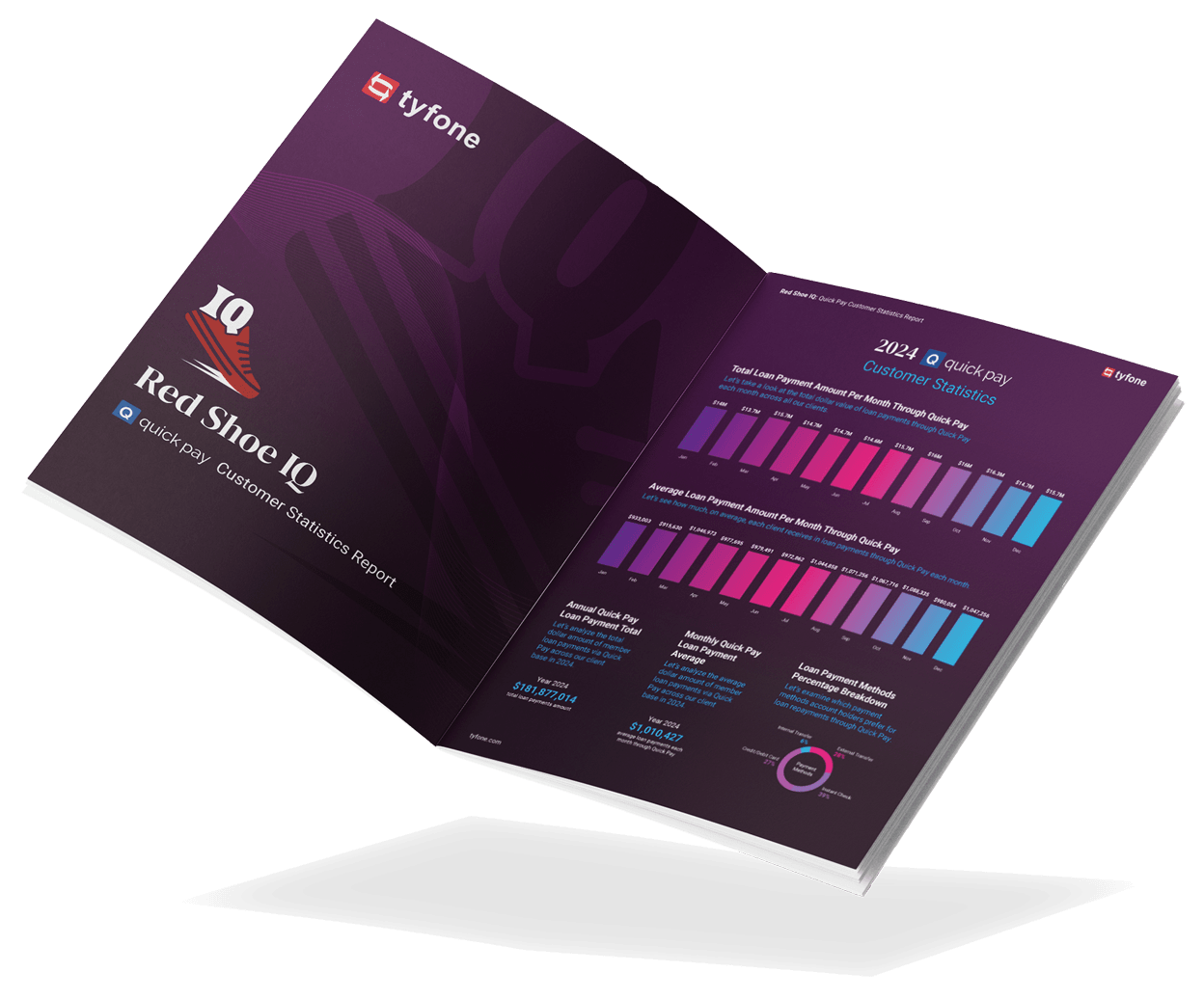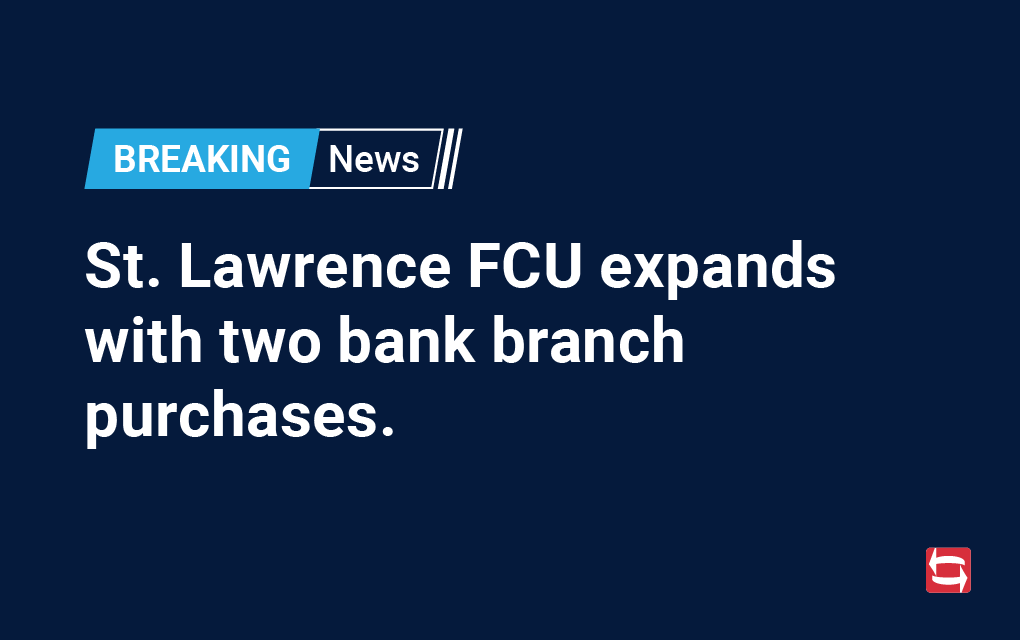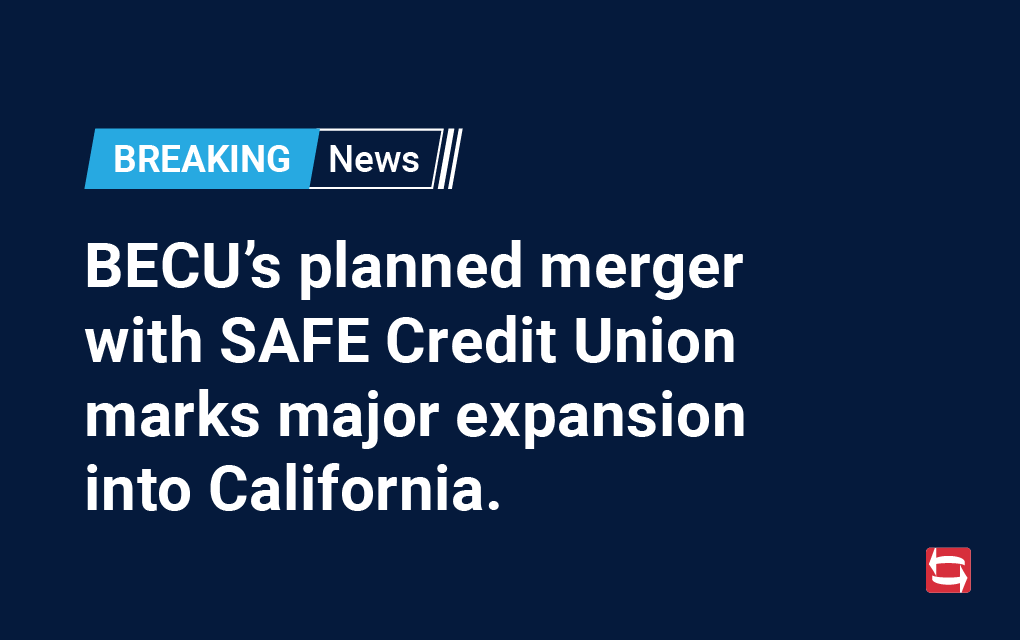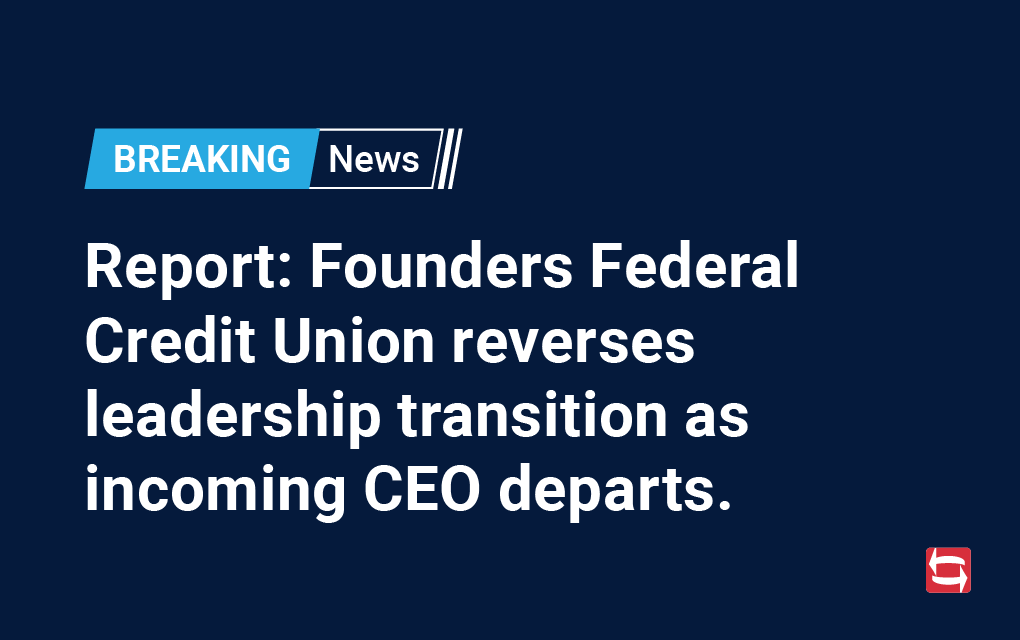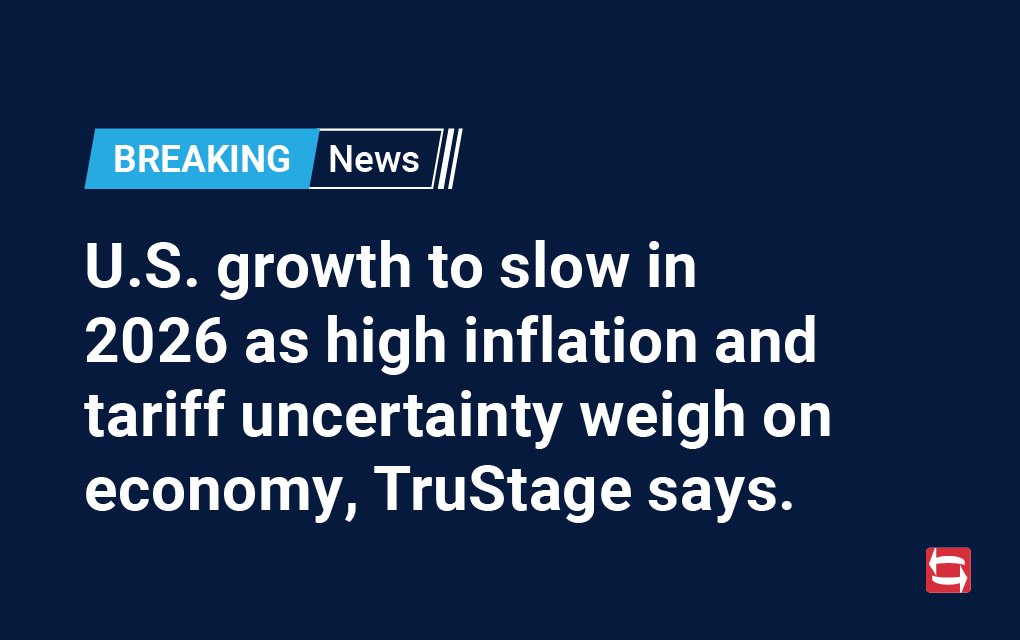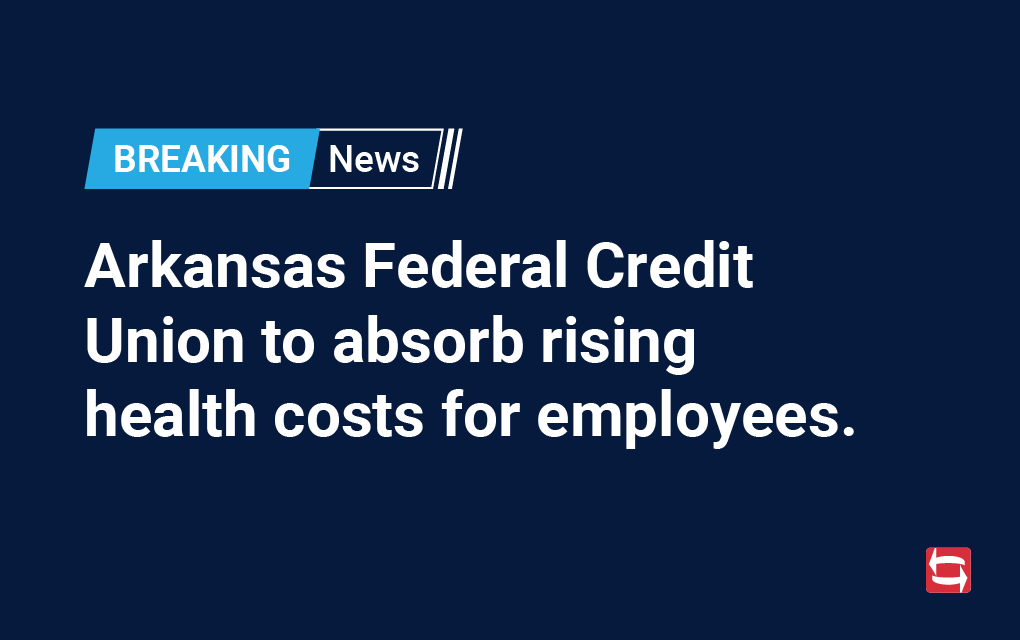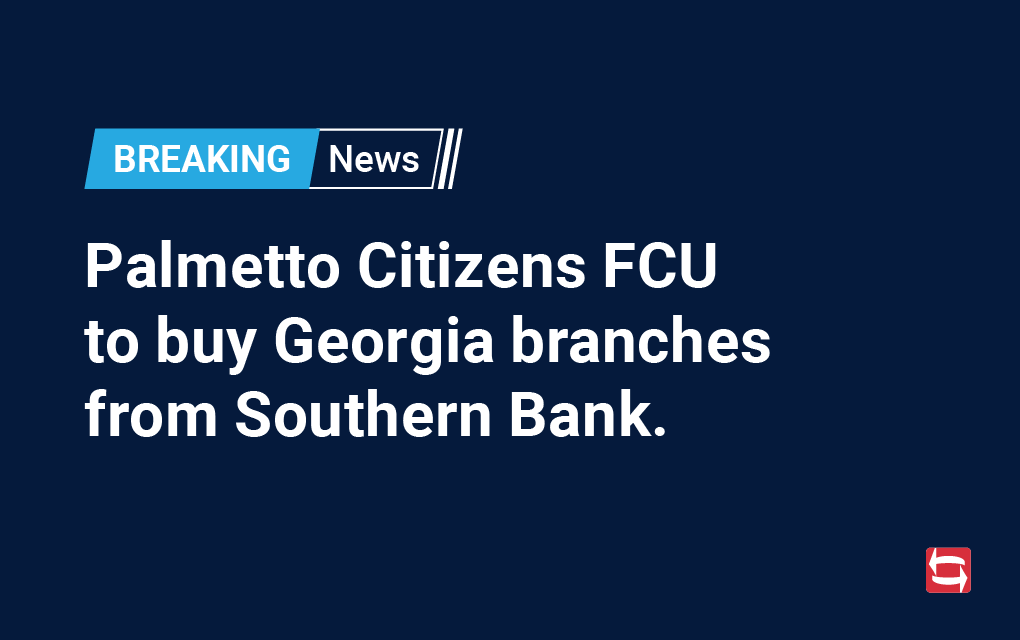
Credit unions stay upbeat on auto lending despite nationwide decline
A new survey shows 84% of credit union professionals expect growth or stability in auto portfolios, even as rising rates, tariffs, and affordability challenges reshape the lending landscape.
Credit unions are generally more optimistic about their auto finance portfolios, despite the fact that auto lending has been on a downward trajectory for credit unions nationwide.
A new survey from Credit Union Leasing of America released Monday revealed that 84% of credit union professionals expect their auto finance portfolios to grow (53%) or remain stable (31%) in the next six months, compared to the previous six months; 16% expect a decline.
“While credit unions’ positive outlook has increased, these survey results reveal that they also have concerns about the impact of tariffs on vehicle sales, as well as an expectation that vehicle prices will rise, creating affordability issues that, they expect, will drive more consumers to choose a vehicle lease in the next six months,” said Ken Sopp, President of CULA.
Indeed, 65% of those surveyed expect President Trump’s tariffs on autos to drive a decrease in auto sales.
That comes on the heels of the National Credit Union Administration reporting a discouraging trend across the broader industry. Auto loans by credit unions nationwide fell by $10.4 billion, or 2 percent, to $481.4 billion over the 12 months ending March 31. Used auto loans declined 0.7 percent to $318.7 billion, while new auto loans dropped 4.7 percent to $162.8 billion.
Comprehensive second-quarter data will be released in early September.
But the recent trend is clearly reflected at Dort Financial Credit Union, a $2.3 billion-asset institution based in Grand Blanc, Michigan.
The credit union’s auto loan portfolio shrank significantly over the past year. Dort had nearly $337 million in total auto loans at the end of June, compared to $457 million a year ago – a 26% decline.
Story continued below…
Sharon Lobo, Chief Lending Officer at Dort, told Tyfone the drop was due to a combination of rising interest rates and evolving consumer behavior. “I think it’s cyclical,” she said. “During the pandemic, inventory was incredibly low — for direct and indirect. Once things started to loosen up, inventories grew, but it wasn’t really until 2023 that things returned to a pre-pandemic pace. However, rates started to rise, so it didn’t make sense for a lot of members to refinance autos.”
At Dort, used vehicles continue to dominate the lending mix. Of the credit union’s total auto loan portfolio, roughly $246 million is in used auto loans, compared with just $91 million in new auto loans. “Yes, our direct market is more used auto,” Lobo confirmed. “We have an extensive dealer network, and our new autos for purchase or lease tend to go through this channel.”
That dealer network plays a significant role in shaping Dort’s auto lending strategy. “If a member is purchasing from a dealership, they tend to close there and go indirect. It’s more convenient for them,” Lobo said. “But I anticipate that we’ll start seeing more direct business toward the end of this year and into next year if rates start to decline.”
The credit union, which serves nearly 118,000 members, is also taking steps to strengthen its internal capacity for growth. “We continue to develop our team to look for opportunities to bring in that business and have informative discussions with our members,” Lobo said.
Still, the competitive landscape is evolving. “We’re in a market with so many large credit unions, and we all compete for these loans,” Lobo said. “But I believe we’re also competing with regional banks and fintechs. As an industry, we have to find new, innovative ways to reach members where they are — on their digital devices.”
Despite the current slowdown, the CULA survey showed that credit unions remain optimistic on auto. In fact, 71% say auto financing year-to-date has increased (58%) or stayed the same (13%), compared to last year.
“The optimism expressed about their auto finance future by the majority of credit unions surveyed, even in the face of some market headwinds, is encouraging – and typical of credit unions. After all, credit unions prioritize helping their members with financing options in good times and bad,” said Chris Harper, Director of Business Development for CULA.
“Their expectation that their portfolios will grow in the next six months aligns with what we are seeing; and, as we partner with credit unions to help more of their members into vehicle leases, we are delighted to support that growth.”
– Chris Harper
Director of Business Development
CULA

